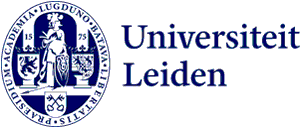Funding for research on distribution of wealth in the Netherlands
Heike Vethaak and Egbert Jongen from the Department of Economics of Leiden Law School have been commissioned by the Dutch Trade Union Confederation (FNV) to conduct research on the development and distribution of wealth in the Netherlands. The research will start in July and the outcome is expected by the end of the year.
The reason for the research is that the Netherlands is known as a country with an equal distribution of income. Previous research conducted by the Department of Economics, also involving Vethaak and Jongen, established this in the book Inkomen verdeeld, trends 1977-2019. While that research focused on trends in purchasing power, this is not a direct substitute for wealth. Income is an important aspect of purchasing power, but purchasing power is a limited concept for those interested in prosperity. A household's actual purchasing power is the final state of a process in which two things interact: on the one hand, what households must do and must not do to arrive at their income and, on the other hand, what they can and must pay for with this income. A simple illustration: if the distribution of income has remained the same, but those at the top of the income distribution have started working fewer hours for that income, while those at the bottom of the income distribution are having to work extra hard to maintain their income, then it is hard to claim that the distribution of wealth has remained unchanged.
The new research will consist of three parts. The analysis will start by charting the evolution of different income concepts (such as primary, gross and disposable income) over time and across the income distribution. By looking at how these have or have not changed over time, insights can be gained into how changes in demographics, labour market outcomes, and the tax and benefits system have affected the development of income. The second part of the analysis will show how much work is carried out to generate income. Finally, the certainty and uncertainty of income will be identified. Income may be uncertain because of a flexible employment relationship or because of dismissal, illness, or disability. Since these risks need not be equal across the income distribution and over time, the analysis will identify how certain or uncertain income is across the income distribution and how that has changed over time.
